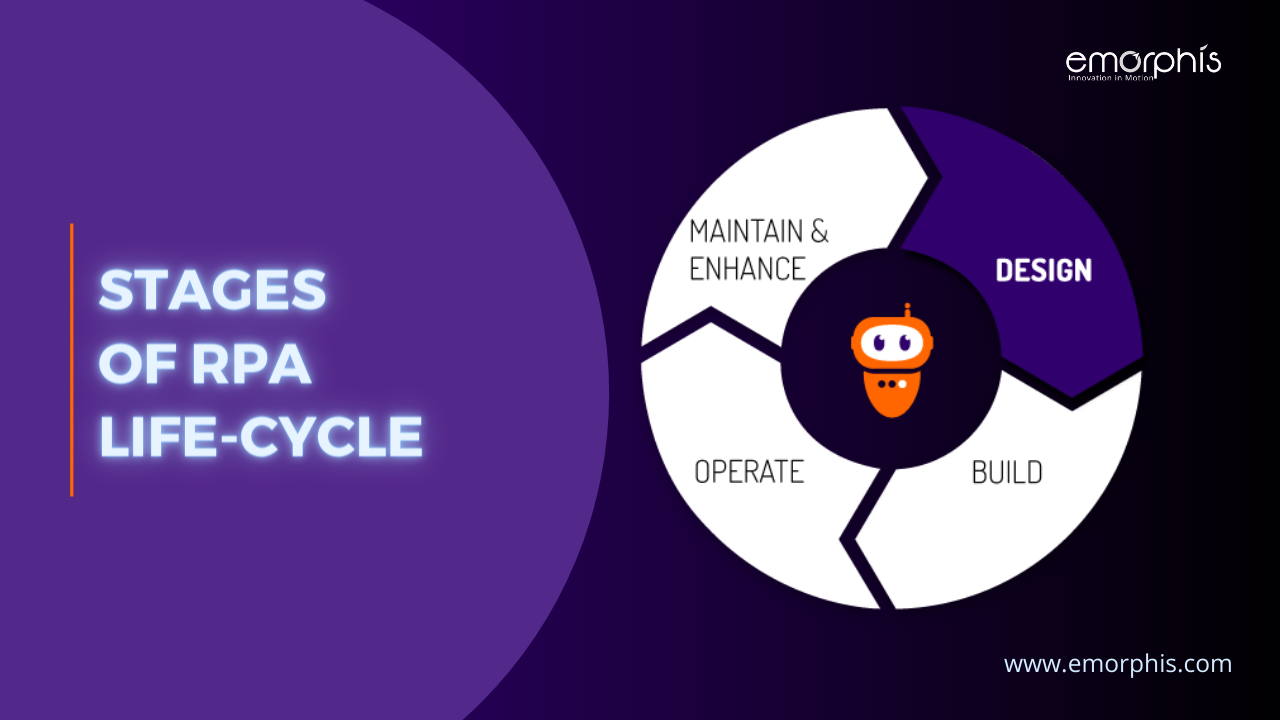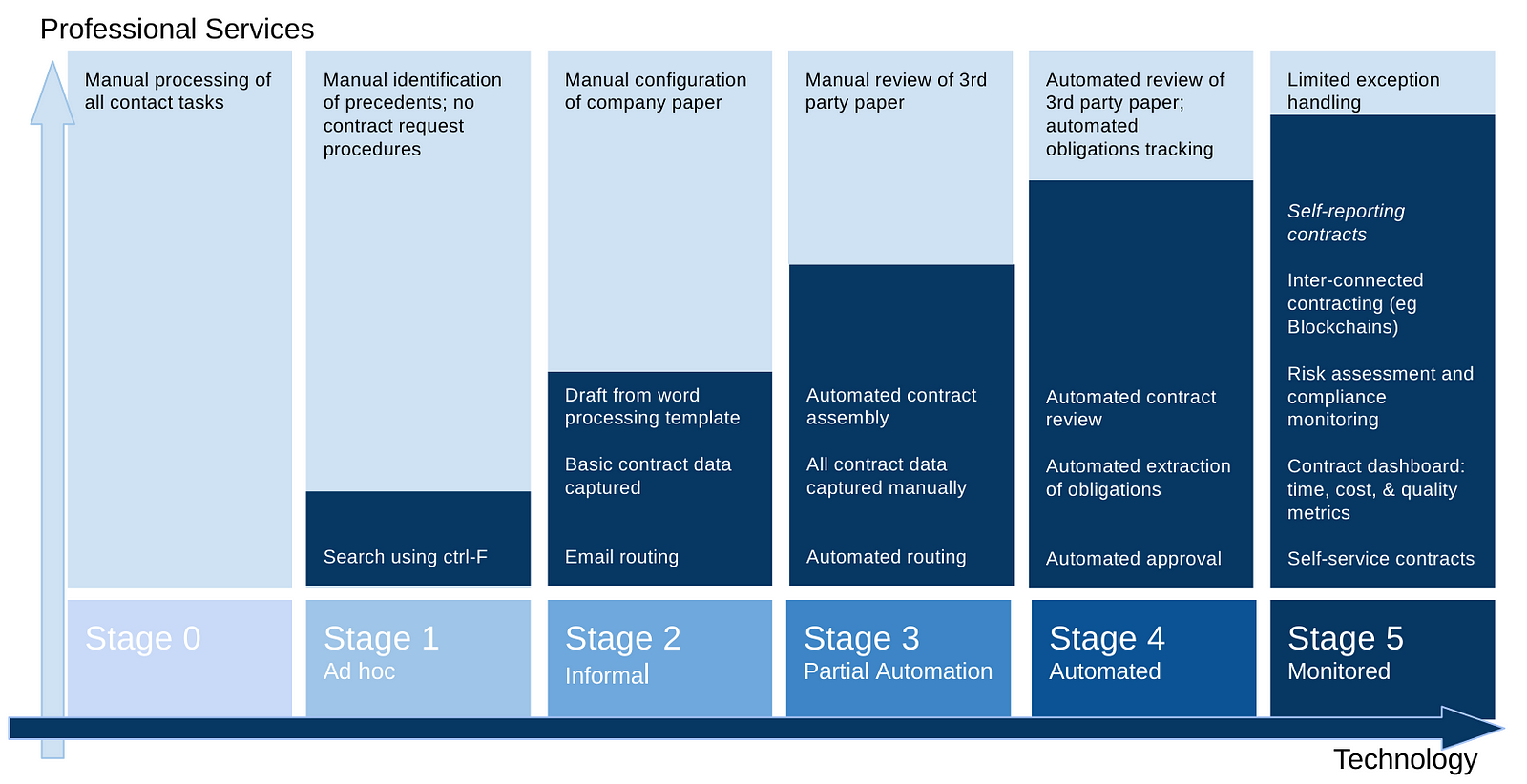

However, in some applications, only low-resolution incremental encoder is used because of the constraint of costs. Power level for the water-level deviation and sudden steam flowĭisturbances supposed to investigate the tracking performance and swellįor a high-performance adjustable-speed permanent magnet synchronous motor (PMSM) drive, an accurate speed feedback is required. Performance by changing only the input-weighting factor according to the Also, the proposedĬontroller showed fast water level tracking and small shrink and swell Proposed controller are tuned automatically. Very different according to the power levels. The parameters of a linear model for steam generators are The proposedĪuto-tuned PID controller was applied to a linear model of steam Model are the mass capacity and reverse dynamics terms, both of whichĬan be described by a second-order linear system. However the important terms in this linear Model, which consists of the mass capacity, reverse dynamics, and
#PLC PROCESS 3 STAGES GENERATOR#
Generator is usually described by the well-known fourth-order linear

An MPC-based PID controller canīe derived from the second-order linear model of a process. The MPC has received much attention as a powerful tool for theĬontrol of industrial process systems. Gains are automatically tuned by using a model predictive control (MPC) In this paper, proportional-integral-derivative (PID) control This paper presents the design of a Variable Speed Drive (VSD) system having the possibility of measuring the rotor speed and controlling the torque of an asynchronous motor to be within specified torque limits. In some cases, such as conveyors, motorized lathe machines, or direct-coupled motor drives, if the motor is allowed to exercise maximum torque, it can lead to irreversible damage to the equipment. The value of the maximum torque limit is different for each AC induction motor and it is directly dependent on the motor characteristics. A motor when allowed, will provide a torque up to its maximum limit to rotate its load especially under locked rotor or heavily loaded equipment scenarios. As such, the induction motor cannot produce a torque at synchronous speed, where slip ceases to exist. The induction motor (or asynchronous motor), which is the most widely used Alternating Current (AC) motor in industry, always relies on a small difference in speed between the stator-rotating magnetic field and the rotor shaft speed called slip to induce rotor current in the rotor winding. On top of that, the control algorithm can be applied to PLC by using ladder diagram. The RMSE is 7.86 and it is lower compared to PID. The implementation results reported in this paper demonstrate the effectiveness of the proposed controller against the change of reference. The tracking gain is adjusted until the final value is 3. The PID-predictive controller starting gain is chosen 18. This paper presents a case study on speed control of 3-phase induction motor using PLC-based PID-predictive controller. And the control algorithm should be able to be applied in the PLC since it is for industrial purposes. Predictive techniques are best suited for these situations. However, conventional controllers have not been successful for real time applications because of the change of reference. Therefore, the speed controller should be added to overcome this problem. The motor should be able to track the reference to maintain the sugar quality.

Centrifugal machine is used in liquid separation process. on the centrifugal machine for sugar manufacturing process. 3-phase induction motors have been widely used in many industrial applications e.g.


 0 kommentar(er)
0 kommentar(er)
